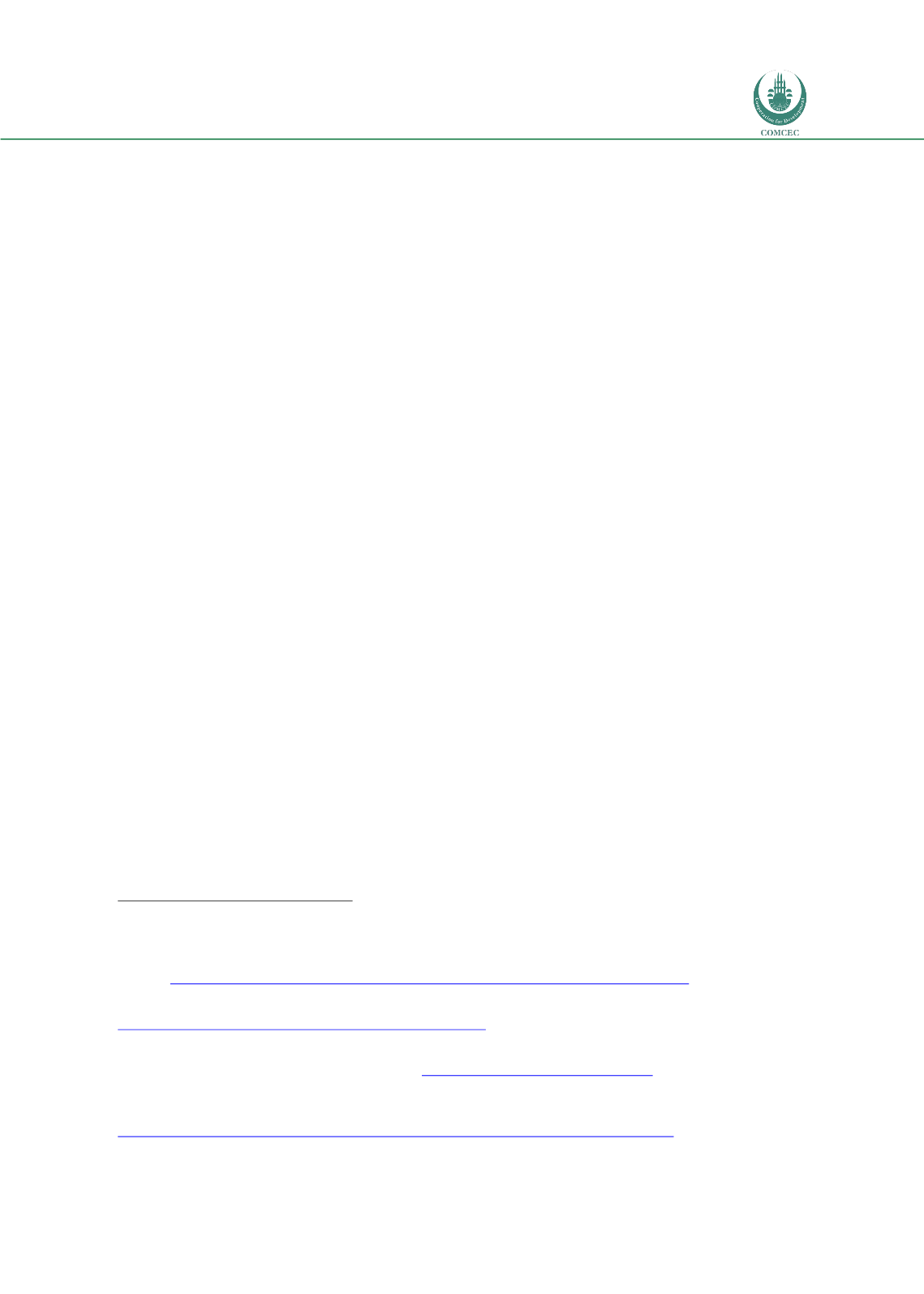

Forced Migration in the OIC Member Countries:
Policy Framework Adopted by Host Countries
61
The Association of Southeast Asian Nations (ASEAN), the intergovernmental body designed to
support regional cooperation and integration, has also started to address migration issues.
But ASEAN remains hindered in its attempts to create binding human rights legislation due to
the organization’s working principles of non-interference and respect for state sovereignty.
259
States typically avoid discussions of strengthening the regional protection framework for
forced migrants, instead preferring to issue non-binding declarations on less controversial
issues, such as the 2004 ASEAN Declaration Against Trafficking in Persons Particularly
Women and Children.
260
Similarly, ASEAN has preferred to focus on ensuring the rights of
legal economic migrants instead of those who travel irregularly, as exemplified by the
Declaration on the Protection and Promotion of the Rights of Migrant Workers in 2007
261
This
unwillingness to tackle more difficult issues has left institutions such as ASEAN and the Bali
Process slow to react in the face of pressing crises, such as the increase in flows of May
2015.
262
2.8.
Resettlement and Onward Flows: Forced Migration Beyond the
Immediate Response Region
The overwhelming majority of forced migration flows occur either within the country of origin
or to neighboring countries. However, a small share of refugees from OIC member countries
have travelled onwards to third countries of asylum, especially in Europe, risking highly
dangerous journeys to reach the security, livelihood opportunities, and social rights that
strong asylum regimes provide.
2.8.1.
Extensive formal protection frameworks in onward destinations
All Western countries with major refugee flows
263
have ratified the 1951 Convention, and
have implemented legislation that enshrines the Convention’s principles in a national asylum
regime. This includes not only the Convention’s definition of a refugee,
264
but also the social
rights and access to opportunity that the Convention was designed to ensure. Many Western
countries also offer intermediary forms of protection that prevent refoulement even if an
individual does not fall under the protection criteria of the 1951 Geneva Convention.
265
Refugee or humanitarian protection status is typically performed on an individual basis
through national adjudication systems, and large numbers of applicants do not receive
recognition. In 2015, 53 percent of first instance decisions in the European Union were
positive.
266
Of these positive decisions, 74 percent received 1951 Convention status, 18
percent received humanitarian status, and 8 percent received subsidiary protection.
267
Recognition rates vary widely by country of origin; Syria holds one of the highest (75 percent
259
Sriprapha Petcharamsee, “ASEAN and its approach to forced migration issues,”
The International Journal of Human Rights
20, no. 2 (2016): 173-190.
260
Centre for Non-Traditional Security Studies,
Managing cross-border movements of people in Southeast Asia: Promoting
capacity and response for irregular migration in Southeast Asia
, (Singapore: RSIS Centre for Non-Traditional Security Studies,
2013), 4
, https://www.rsis.edu.sg/wp-content/uploads/2014/07/ER130214_NTS_Issues_Brief_02.pdf .261
Regional Thematic Working Group on International Migration including Human Trafficking,
Situation Report on
International Migration in East and South-East Asia
, (Bangkok: IOM, Regional Office for Southeast Asia, 2009), 132,
http://publications.iom.int/system/files/pdf/situation_report.pdf .262
McAuliffe,
Resolving the Policy Conundrums
, 20
263
Namely, the United States, Canada, Australia, South Africa, and countries of the European Union.
264
Full text of the 1951 Convention can be found here
: http://www.unhcr.org/3b66c2aa10.html265
See Chapter 1 for a full discussion of the various forms of humanitarian protection in Western countries.
266
European Asylum Support Office,
Annual Report on the Situation of Asylum in the European Union 2015
(Valletta, Malta:
European Asylum Support Office, 2016), 19-20,
https://www.easo.europa.eu/sites/default/files/public/EN_%20Annual%20Report%202015_1.pdf .267
Ibid.
















